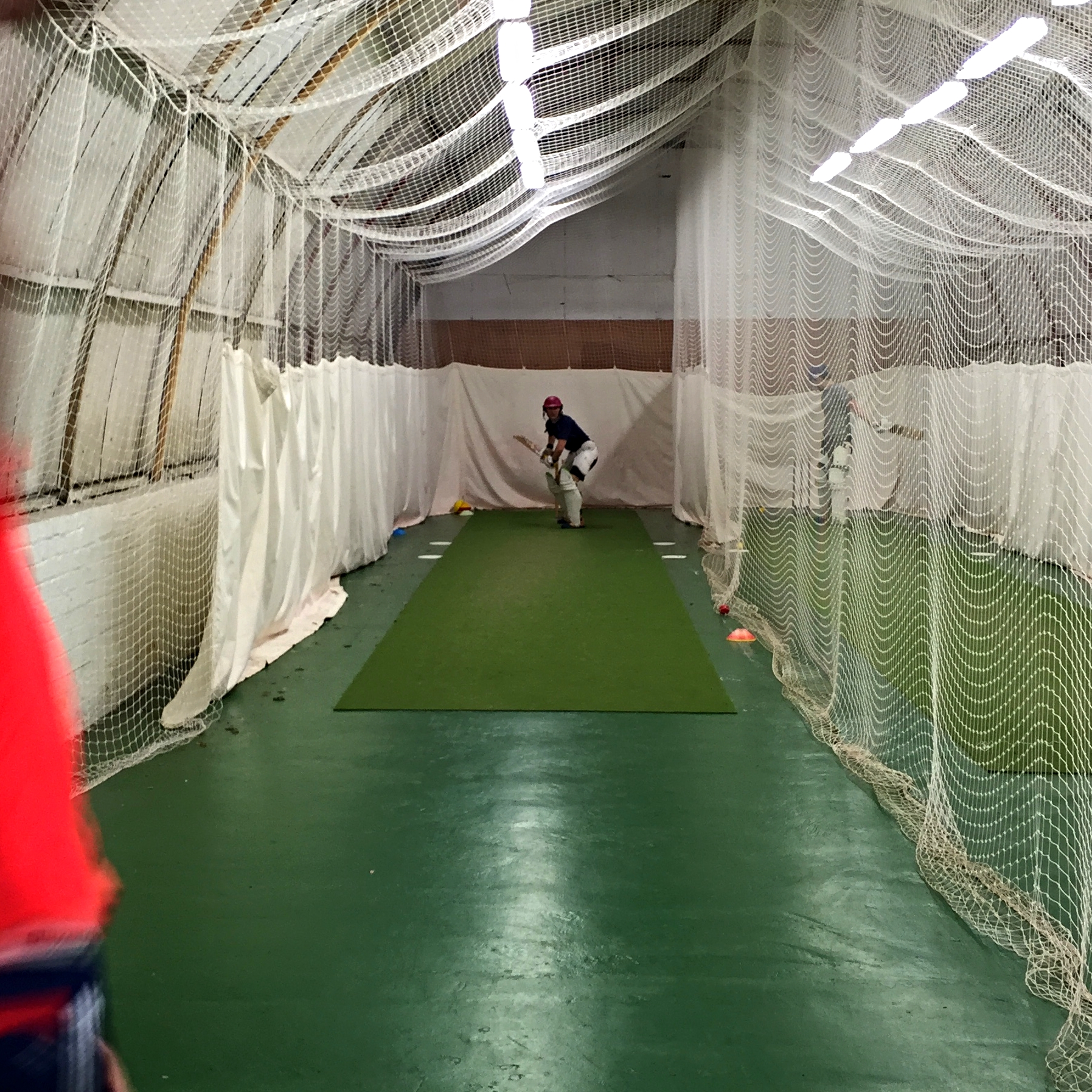I have been writing and thinking a lot about tactics recently, and I'm wondering if it's time to rethink the classic club plan.
My thinking was sparked when I was watching a rejuvenated England ODI team blaze the ball around for fifty overs, even when wickets tumbled. It was brash and confident and "modern". It had been long called-for by those who saw other countries do the same.
I idly wondered "can the same be done at club level?"
Does aggression work?
My first thought were to the negative: bad pitches and outfields, worse bats, balls that swing and seam more often. Average early season scores are often closer to 150 than 300. Most days, even in midsummer, 200 will win you a game.
If you consider these reasons as insurmountable barriers, you will not like the idea of being more aggressive. Taking an attack minded approach over a sensible "build a foundation" approach will reduce scores as you get bowled out within your 50 overs.
This is why club teams persevere with slowly building. It makes sense. It's tried, tested and effective.
But, I have seen club games where 300 has been scored in May too. It is possible to post above par scores in the amateur game, even if it's rare.
It made me wonder if we are "leaving runs on the pitch" by being over-cautious.
I suspected we were.
The Brendon McCullum happened.
It was a dodgy pitch against skillful swing and seam bowling - much like club games. He walked to the wicket after watching the top order shuffle to 32 in 20 overs. He then blazed the fastest ever hundred in Tests. This gentleman is not for scratching.
His tactic was born in simplicity: He was likely to get out to good bowling at any moment. There were gaps galore with all those slips. Why not smash it at the gaps as often as possible until you're out?
He knew it was his best chance of success. He was right. He left with New Zealand on 253 in 45 overs.
What would we do at club level if we scored 32 in 20? Look to get up to 50 or 60 by 30 overs then take a few more risks in the last 20 to get up to 120. There's every chance that would be enough. I've seen enough games where 140 is a winning score. I've played a game where 98 is a winning score!
253 would win you most games.
What McCullum personified was the "screw it, let's do it" mindset that can get you way past a par score. Yes, he was lucky, yes he was brilliant. Yes, his efforts can be emulated by lesser mortals.
That's when I knew we had a chance to grow and become a fast-scoring club side.
The attacking mindset
I think it's more about mindset than skill.
At club level we don't trust our skills as much. We feel we have to play safe. We don't want to be accused of making a "silly mistake" and we don't want to waste our one weekly chance with a frantic swipe.
Yet, we can change this fearful thinking and score more as a result.
Like McCullum, think of batting as a chance to get as many as possible before you inevitably fall (after all, you are out almost every time no matter how you play).
You can still play with skill and controlled risk, but I'm certain you can score more quickly. Even the fearful blocker has a way.
I talked about how to do this in detail over at PitchVision Academy.
Tactics, culture and practice
Now, team tactics and roles are not up to me at West. My job is to advise the captain and senior players, not set the policy. That's right and proper because the captain has to run the side on the day. He is ultimately responsible for the result so must set the tactics. I'll work with players within context of the captain's vision for success.
I also cannot set the culture at the club. I can influence it as coach - strongly - but I can't make up people's minds for them. That culture is crucial because we must continue to allow players to have the freedom to make mistakes if we want them post bigger totals. It means still not judging a "silly shot" by either ourselves or others. It means accepting days where the tactic was right but the implementation needs work. I will push for these things but the ultimate culture is down to the players.
As coach, what I do is help players see what they are capable of when they push themselves. So, when any given player walks out to bat in any given role he knows exactly what to do to push the score along.
For many, that's not McCullum style swinging but it is a more positive style of thriving by working the ball around and hitting boundaries in strong areas. For others it's knowing when to unleash the power shots. We have several players who have it in them.
It all goes back to knowing your skills and trusting your ability to put them into action.
Attacking is not slogging, it's confidence
What is my conclusion?
I believe club sides do leave runs on the table through over caution.
I believe that through a combination of practice, confidence and culture we can feed more runs into a par score.
As a result, sides who do this - as I hope we can do at West - will leave other club teams struggling to compete.



















